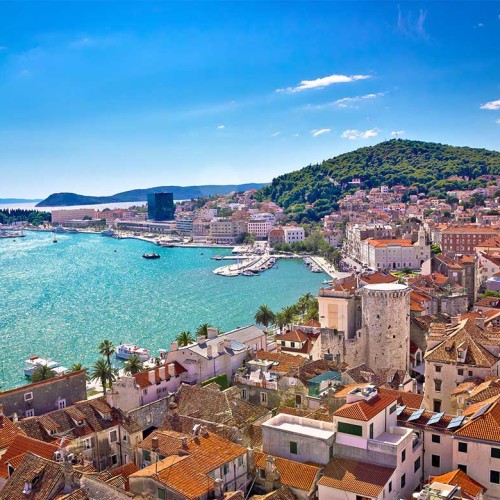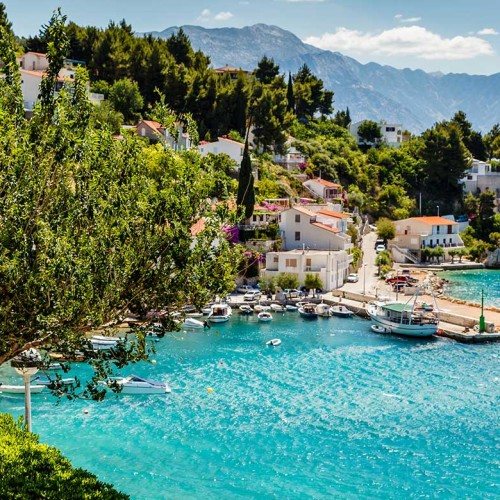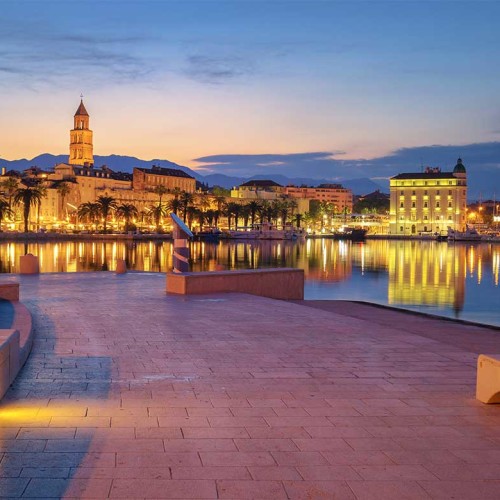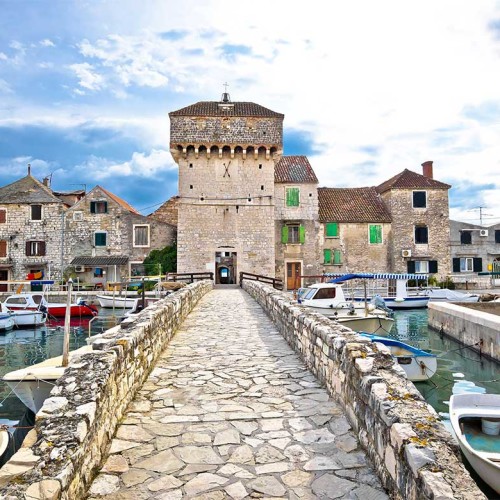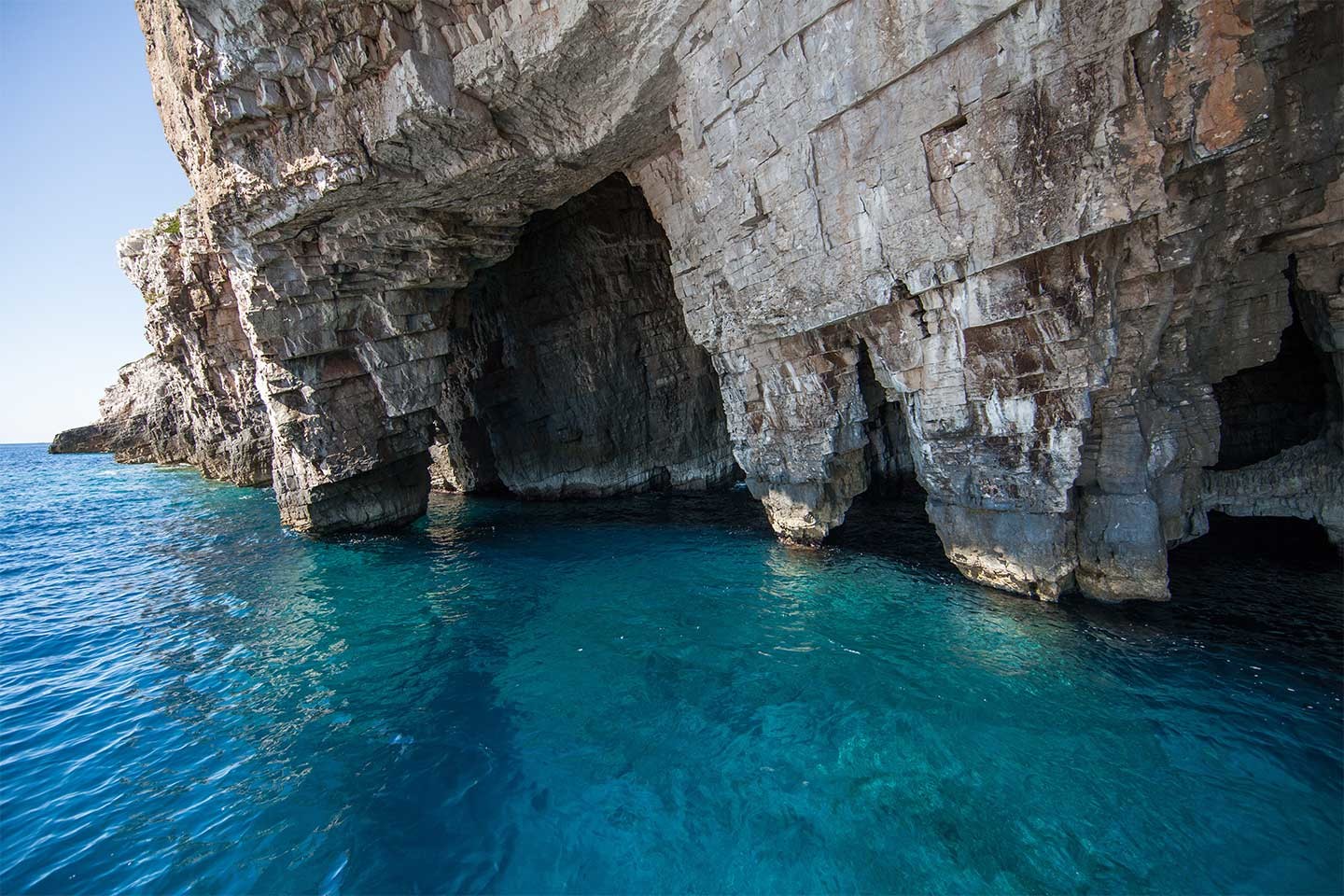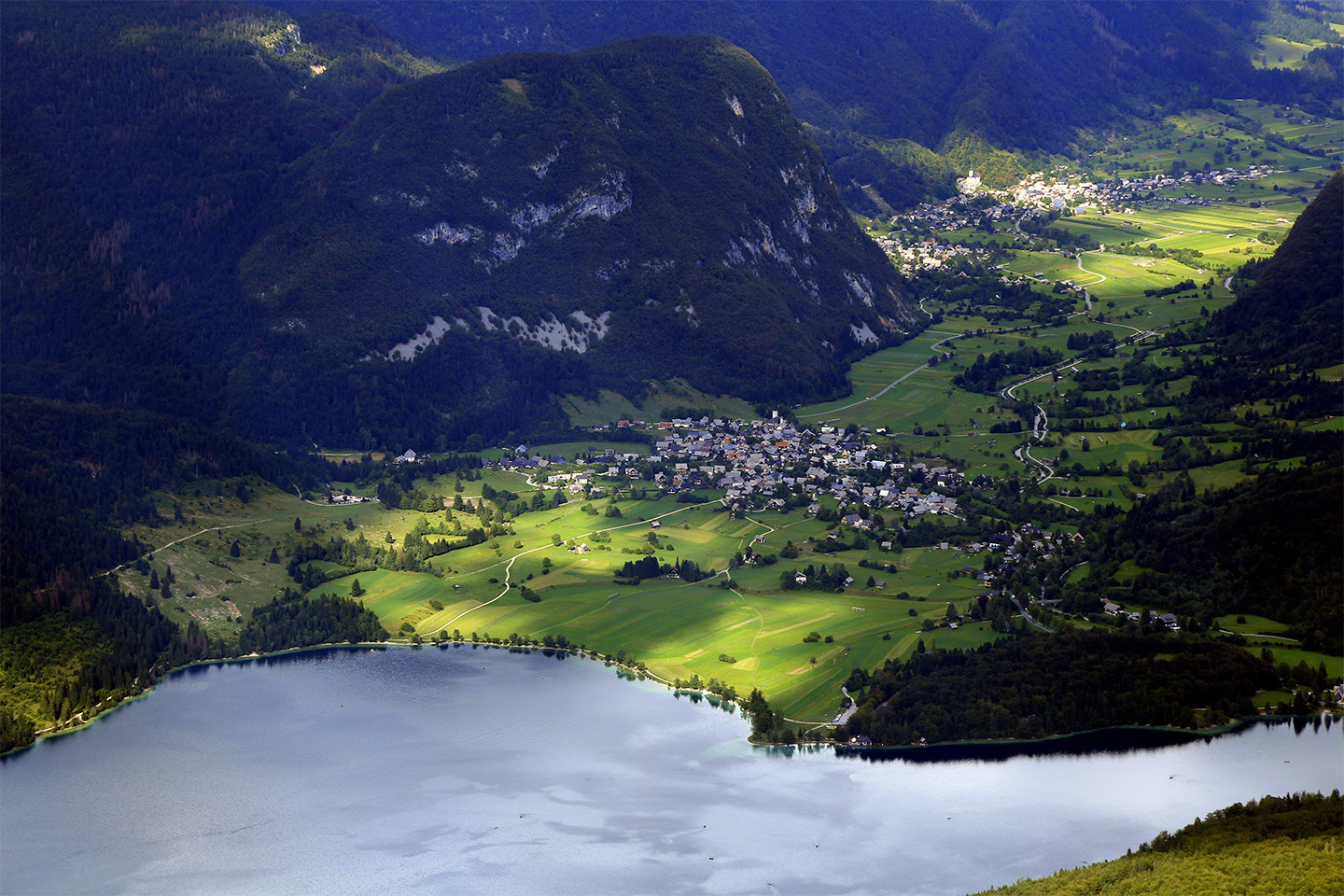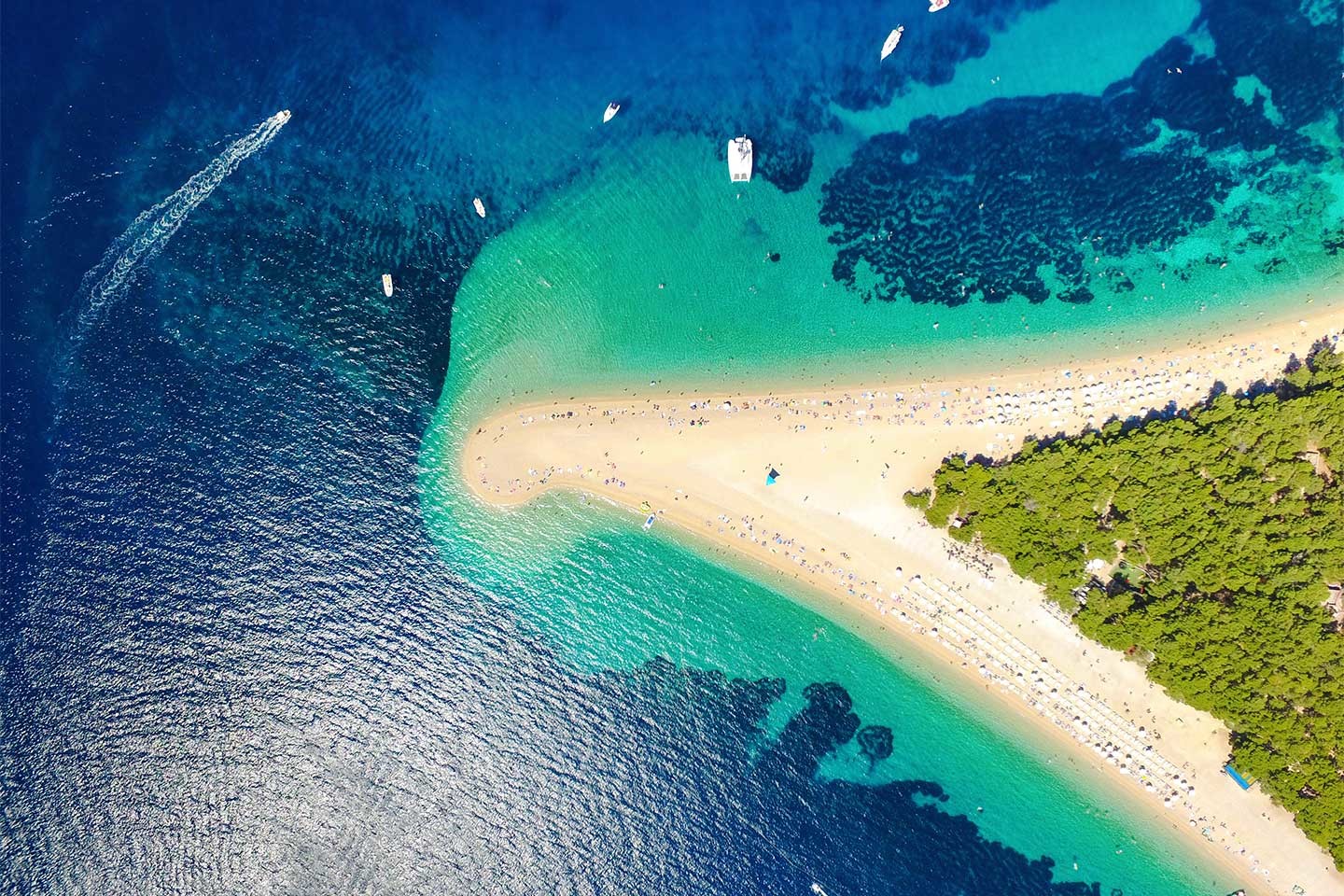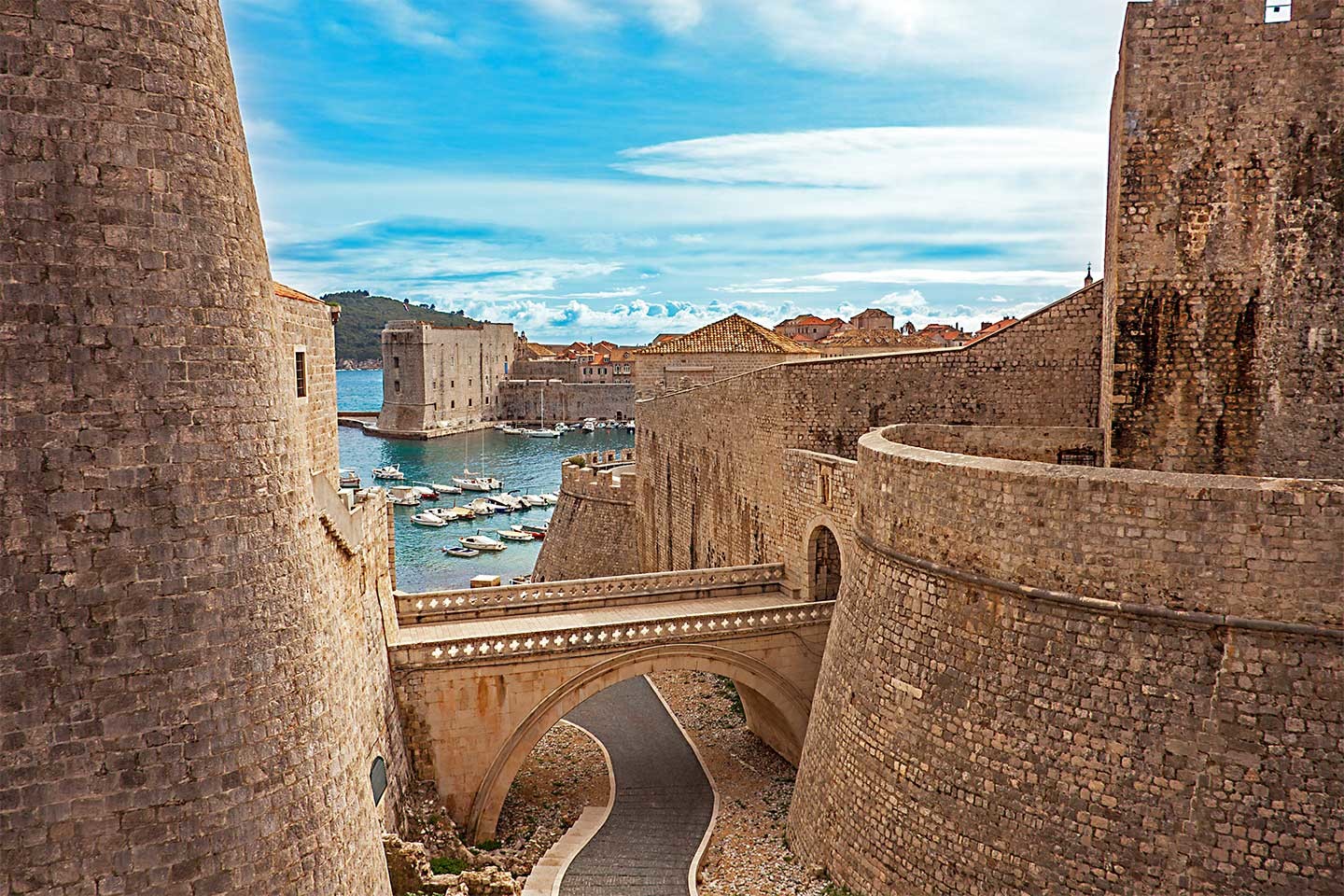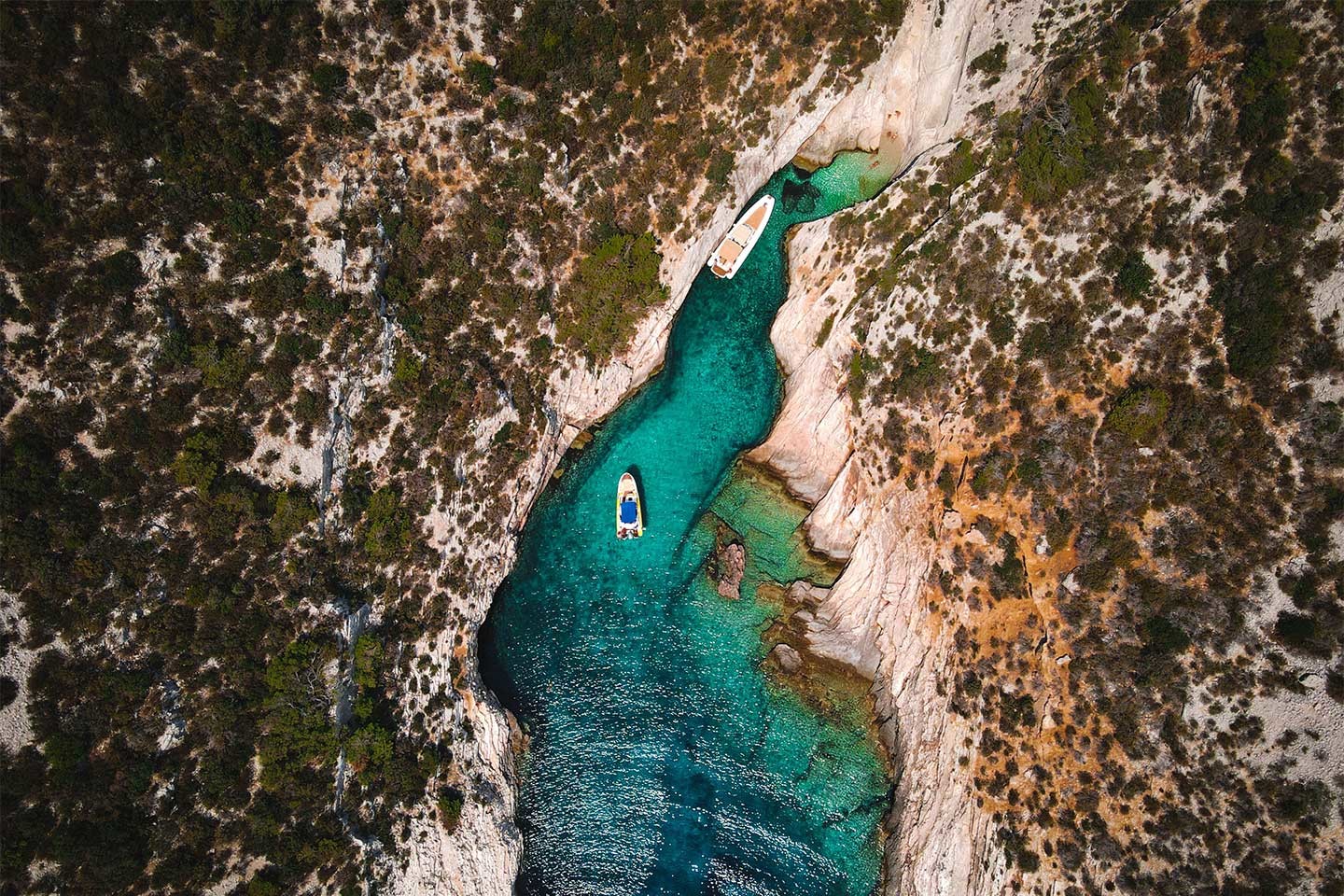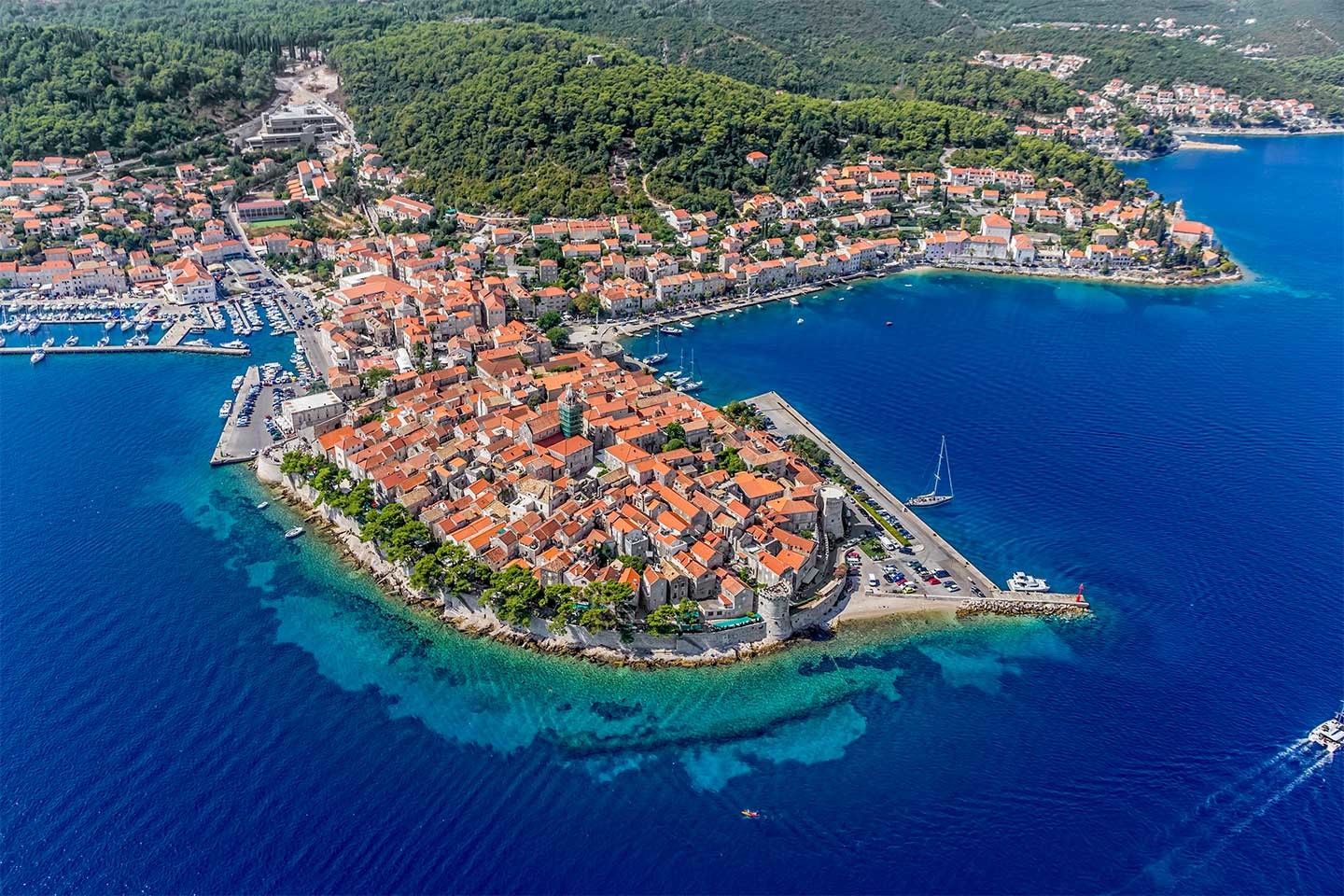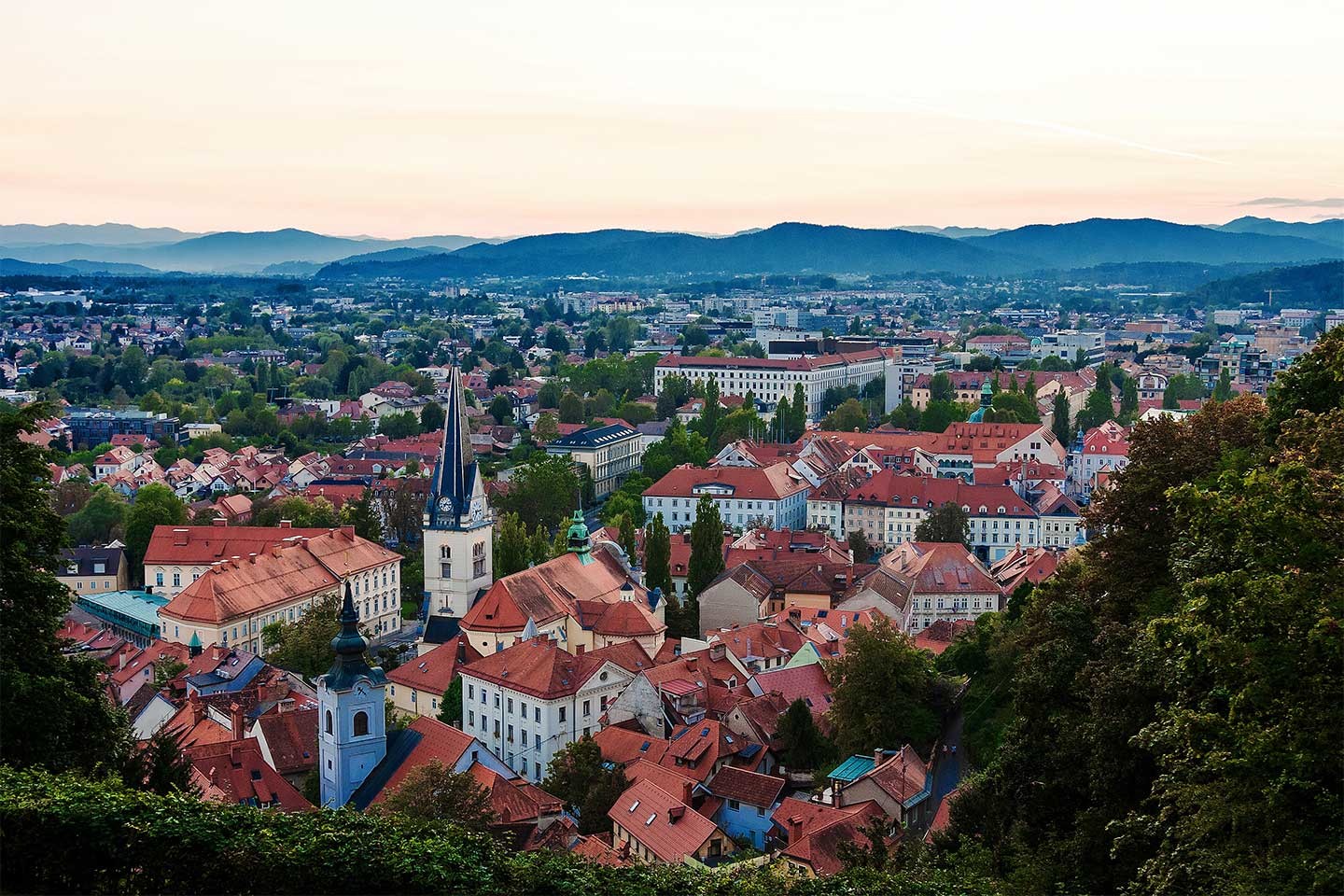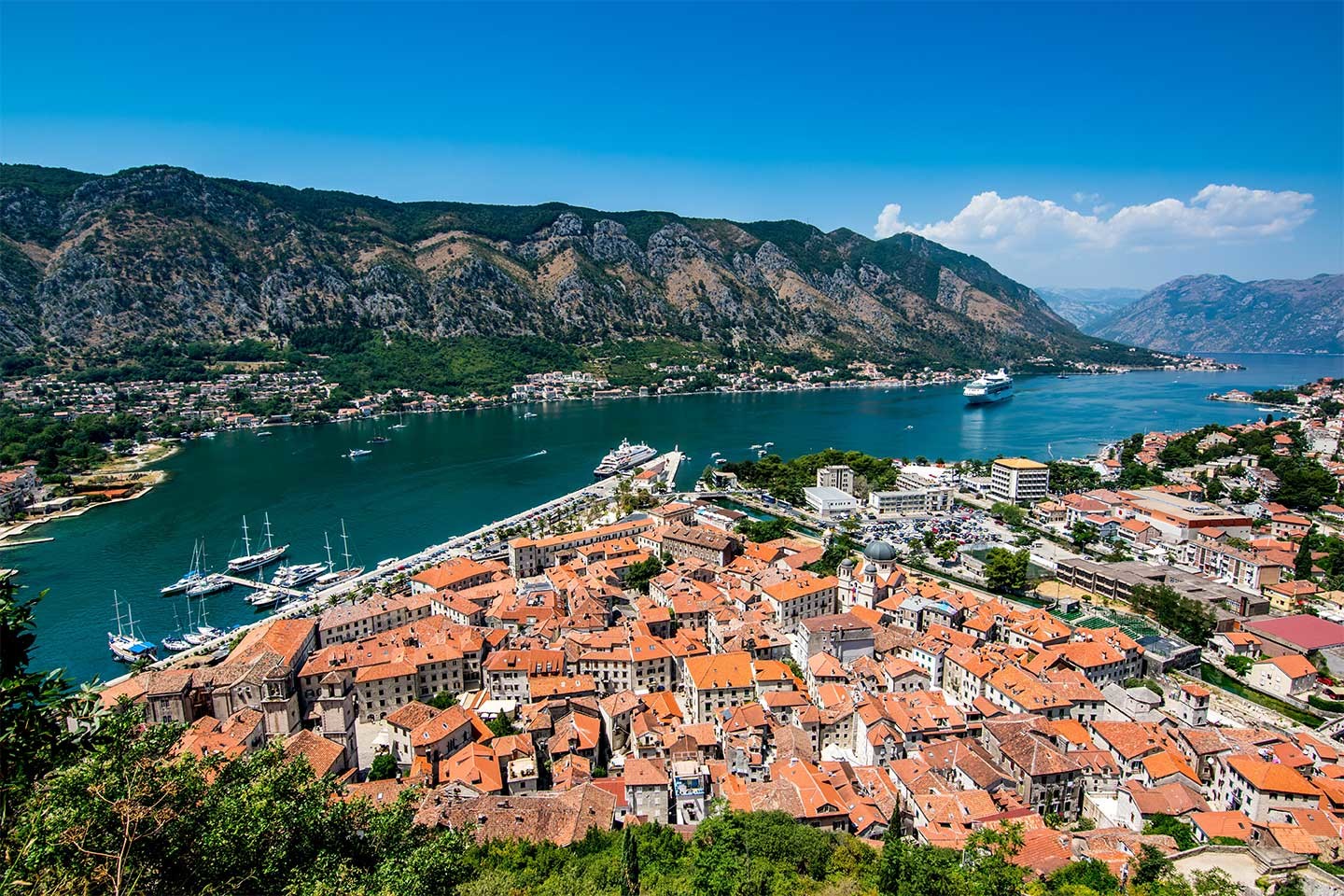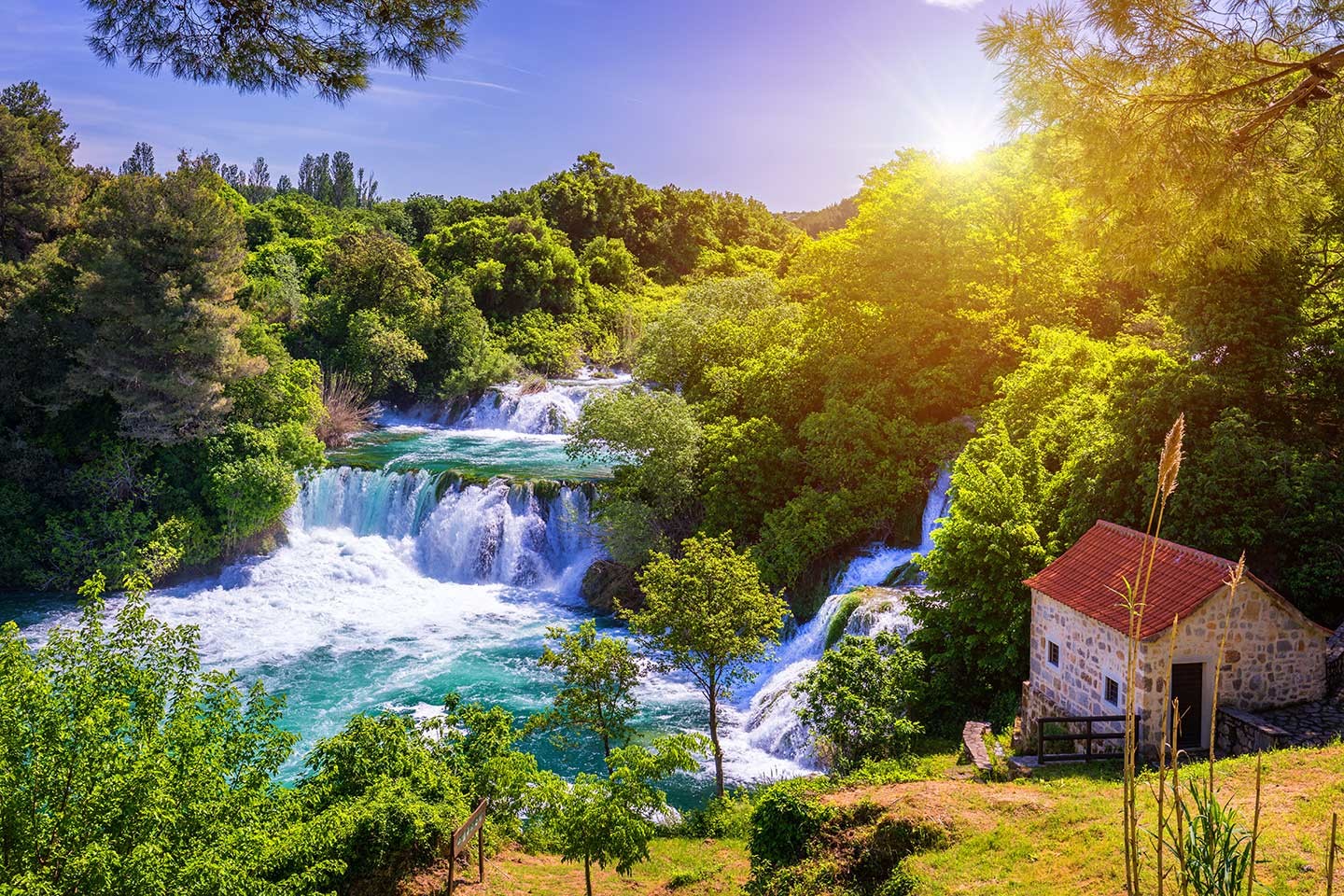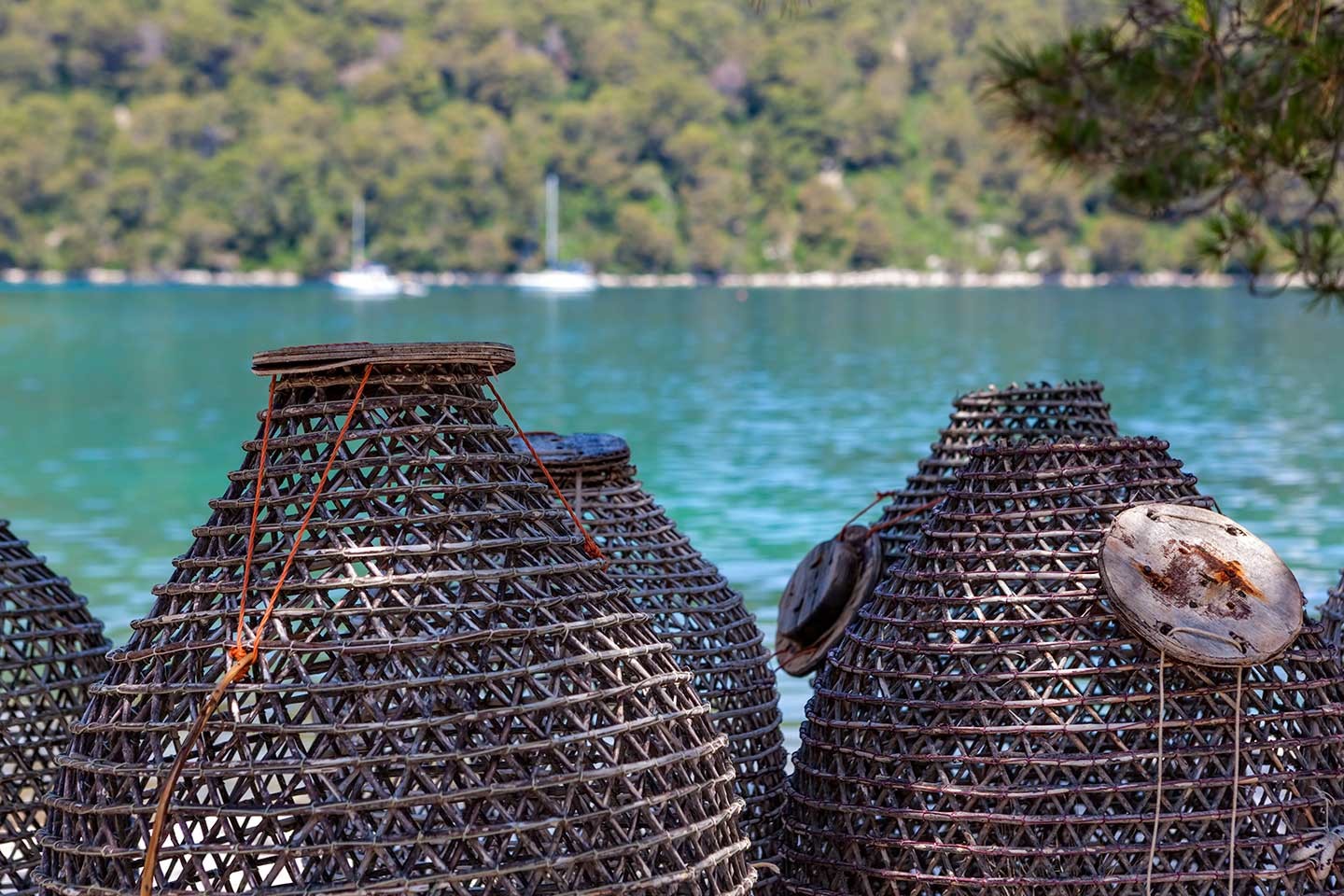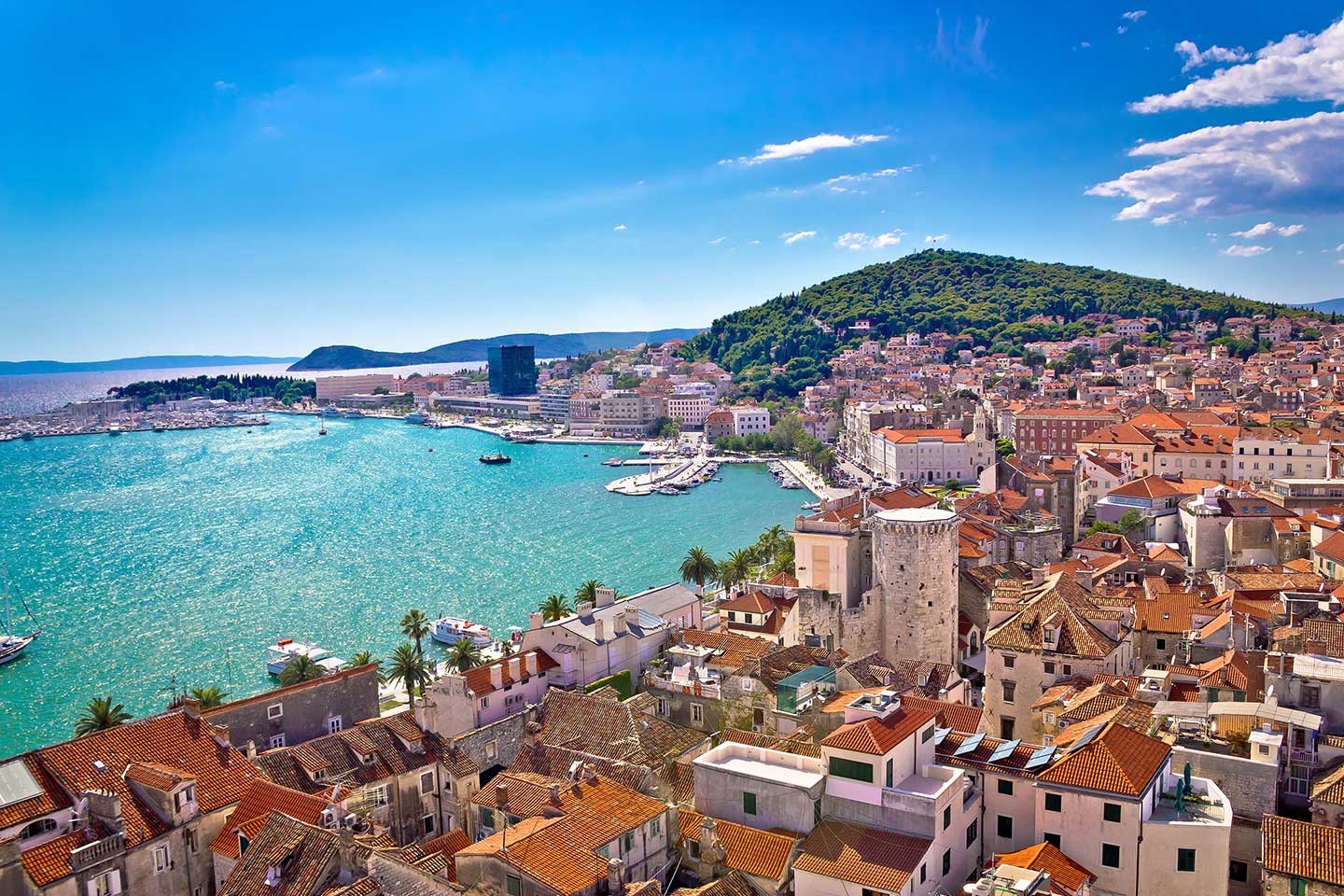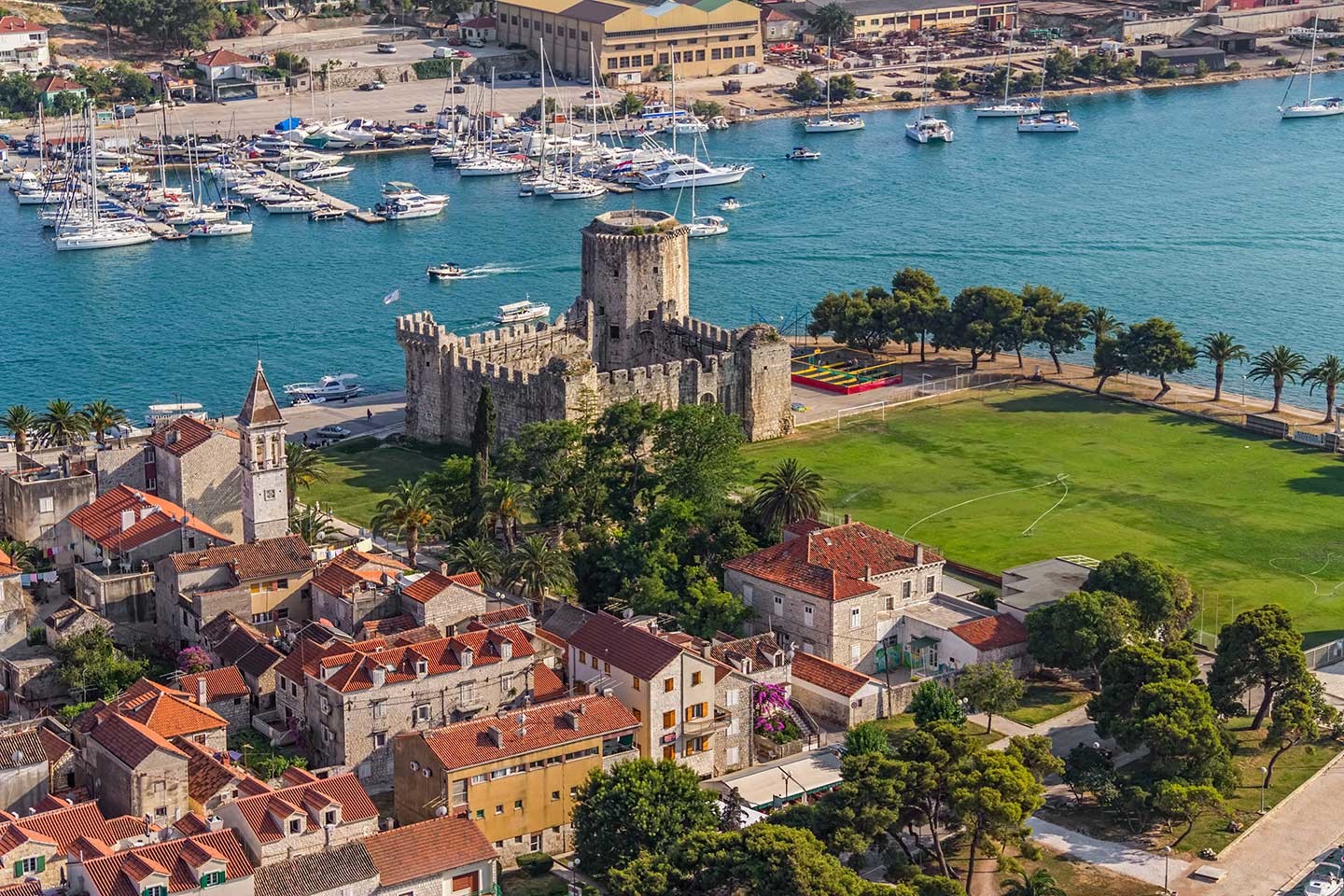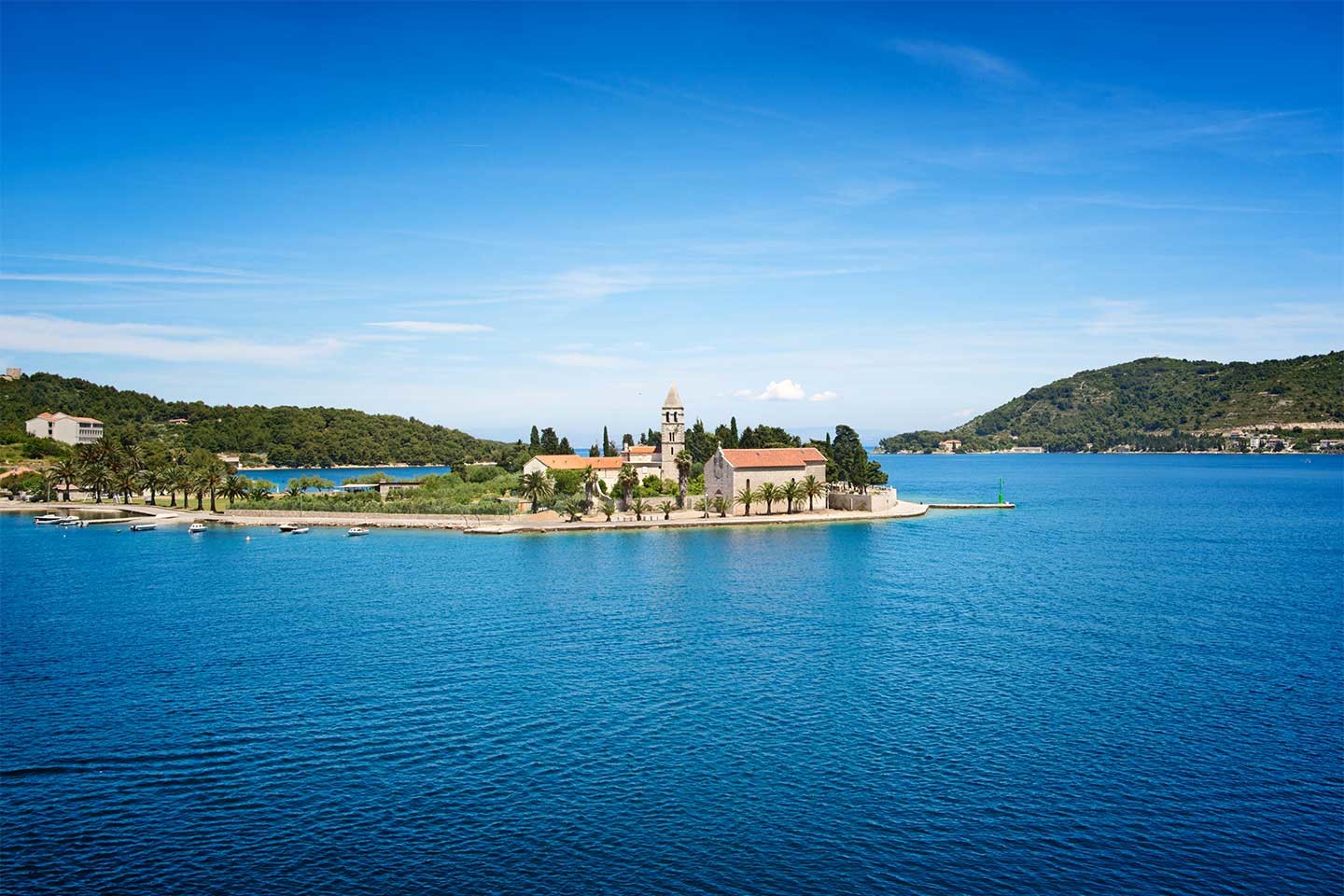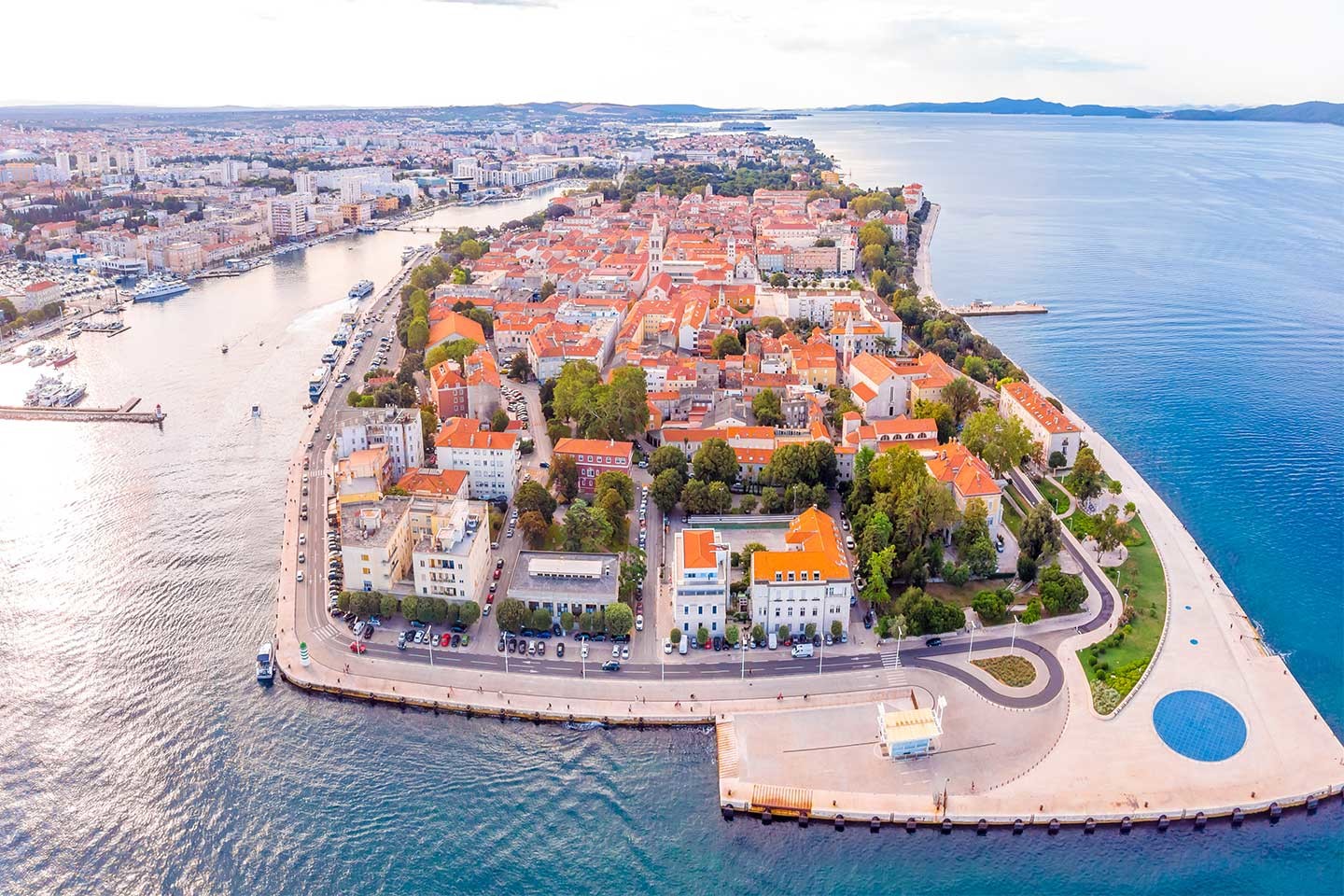

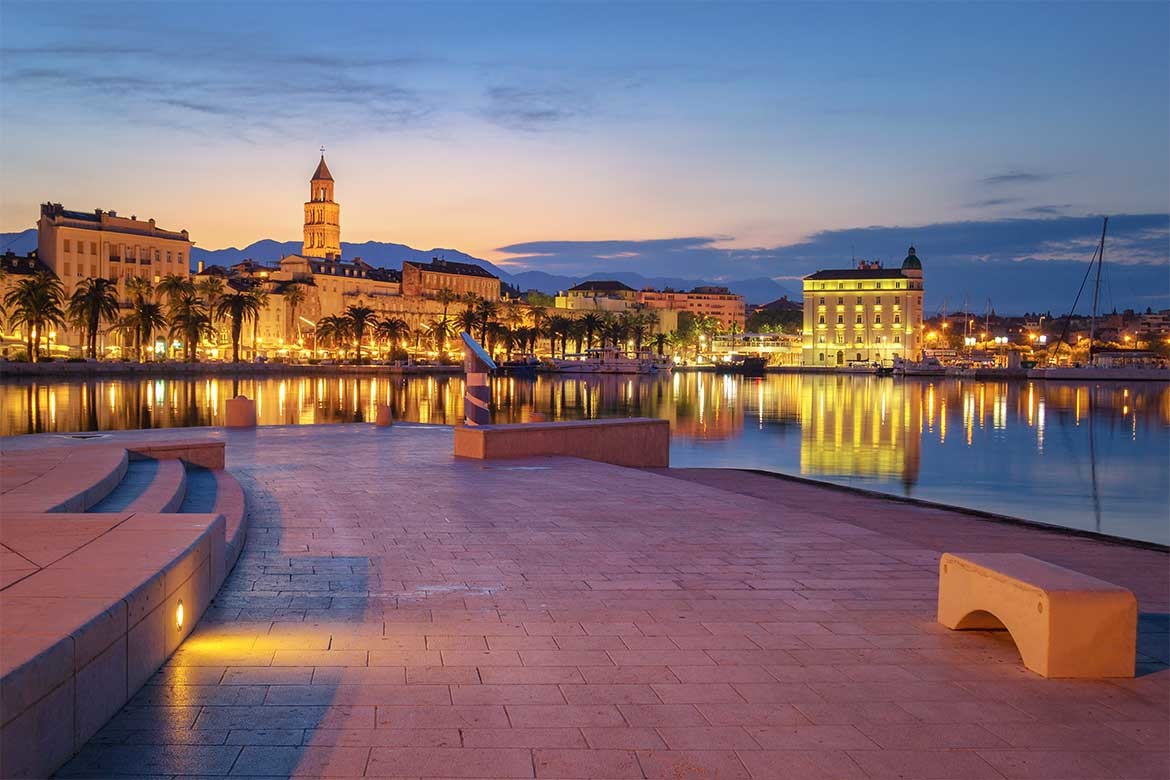
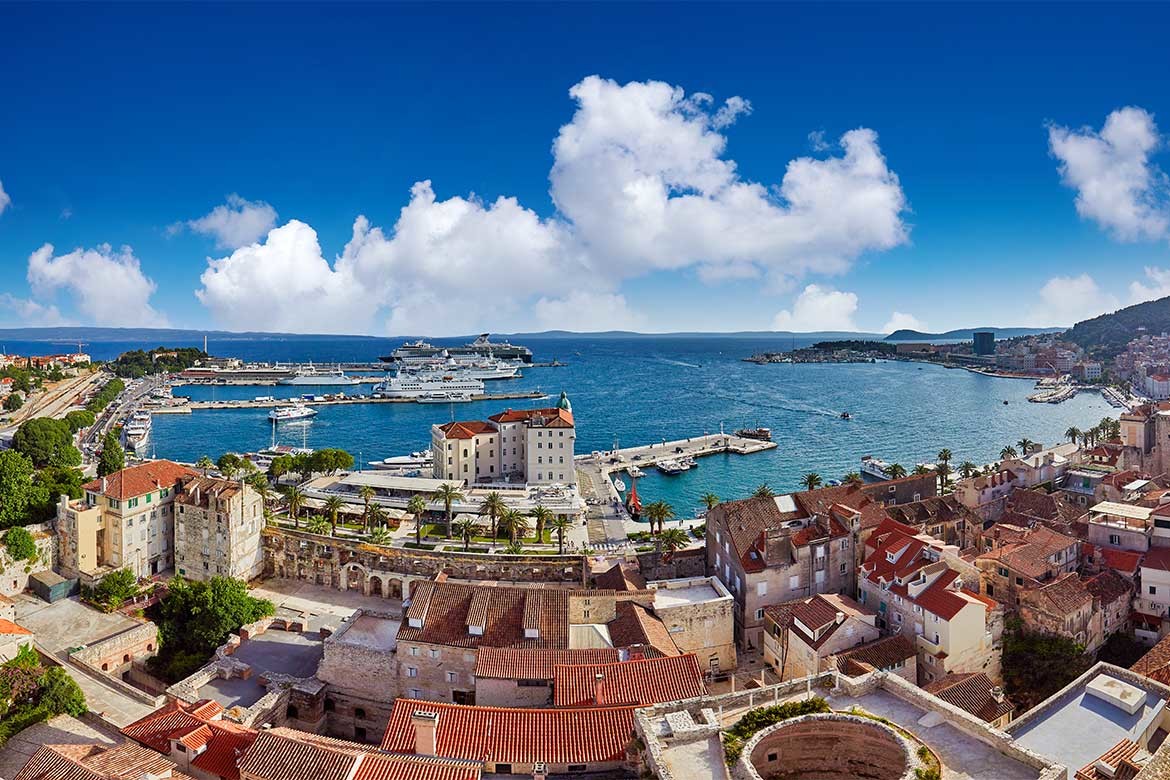
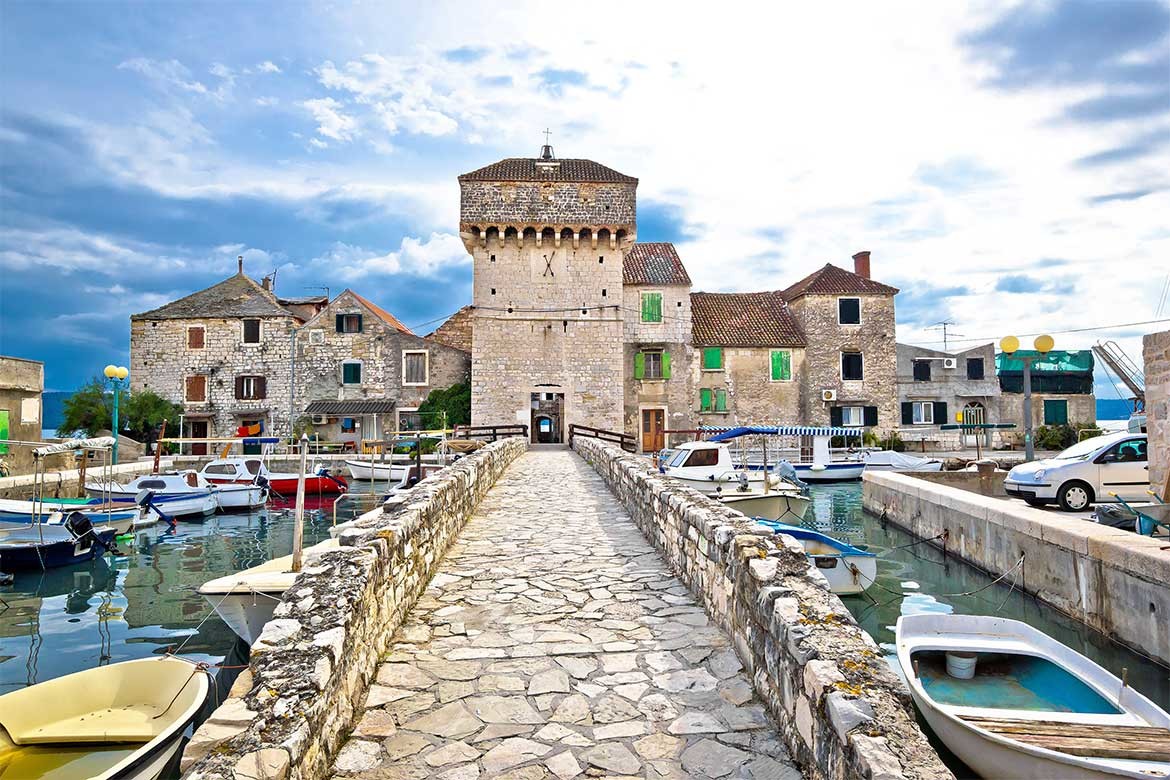
Everything you need to know about Split
Traveling is one of the best activities to perform. The average human being has to travel more than 50 miles a day. Apart from the fun, traveling has also been shown to have considerable benefits for one’s physique & mind.
Here are some fun facts that you might need to know about Split in Croatia:
Facts about Split:
Split is one of the oldest cities in the entire world: it dates back as much as 2nd or 3rd century BC. It was built by the Greek colony of Aspálathos, but only became a prominent settlement 800 years later – around 650 AD.
Some other interesting facts include:
Split name origins
When you visit the serene city of Split, you will see that it is surrounded by small yellow flowers. These small flowers are known as Spanish broom or weaver’s broom. Since these flowers have been around forever, it is said that Split was named so by the first settlement because of this flower. The other theory is that Split is derived from Diocletian’s Palace. From the palace comes the word ‘palatium’ that then breaks into Split.
If you are coming here for your sailing holidays, asking about the city’s origins may be a fun activity to do.
If it snows, you’re very lucky
Split has a relatively Mediterranean Climate – which is kind of obvious because the city is a beautiful island. Anyways, the warmest months are from June to August, while it is very cold from December to February. If you are traveling to this city, it might be between May to September – because that’s when most of those public boats are available to use. Getting a luxury small cruise ship might be a good idea if you want to come in other months.
Anyways, it rarely snows in Split because the temperatures drop to as much as only 5.4°C on the coldest days. If it does snow, you should consider yourself very lucky – for not many tourists have seen Split snow.
Split – more like ping-pong city
The history of Split is rather intriguing, if not hilarious. It was a major Byzantine city back in 812. By 998, Venice had invaded and took control of the city. In 1069, Croatia invaded. Soon afterwards, it was Hungary-Croatia. Venice fought back in 1420 and took the city back until 1797, when Austrians took the city. In 1918, Yugoslavia reigned supreme in the region.
There are more plot twists to this city than an Indian drama serial!

Places to visit in Split
Here are some places that you should definitely visit in this city, especially if you are coming on your sailing holidays and already have ventured through the cruising experience:
Never miss the Palace of Diocletian
The Palace of Diocletian is a palace that was built in 4th Century Croatia by the Roman emperor Diocletian. You literally can’t miss the palace because it covers almost half the city. It is a cultural heritage protected under UNSECO and is still a pretty big location to visit after all these years.
Fun facts about the Palace of Diocletian include that the palace is made up of high-quality stone and sulfur-rich water that flows in the region. On some of the stones on these walls, there are many Greek letters as well as names Zotikos and Filotas. It has four different entrances – one of which you can access if you have a luxury cruising boat.
Of course, the Cathedral of Saint Domnius still exists
Cathedral of Saint Domnius is the oldest Catholic cathedral in the entire world – T&Cs apply, of course. It is oldest in the sense that it still uses the original structure that it was built on and has not been majorly altered. The Cathedral of Saint Domnius was originally built in 305 A.D as the Mausoleum of Diocletian but was swiftly reconfigured.
Even if you are not a Christian or into a religion that much, you will still admire the stunning architecture of the early civilization and how they were able to construct such a masterpiece with virtually no computer systems.
The Cathedral is broken down into two parts: the church of the Virgin Mary and the bell tower of Saint Domnius. Saint Domnius mainly got in because he was the bishop of Salona during the 3rd century and his relics had to be stored somewhere.
The Sphynxes oddly inhabit Split too
If you think Sphynxes were only in Egypt, think again. All thanks to the Roman civilization that built itself around Split, Sphynxes have been around for thousands of years in Split. The oldest one that is still standing – or sitting in this case – is the one that was made around 3600 years ago. It is very well-preserved and should be found in front of the Palace of Diocletian. If you have one of those fancy super-zoom cameras, you can even take a picture all the way from your private charter.
History says that there were originally 12 Sphynxes but only 1 survived to see the day. You can thank the Christians for beheading the other 11.
If you are feeling Perseus-ish, try the Temple of Jupiter
Jupiter was the highest god in Ancient Rome – the god of thunder and sky. You could basically say that Jupiter was what Zeus is to the Greek’s. Anyways, Diocletian’s father also had the name “Jupiter”, so Jupiter had this paranoia where he would go around claiming he was Jupiter’s reincarnation on Earth. That is the history of the Temple of Jupiter that sits right in the center of Split, even today.
If you do feel like revisiting a temple that is based on the paranoia of a Greek king, the Temple of Jupiter will definitely sate your hunger. Oh, but unfortunately, the Temple of Jupiter now contains Saint John the Baptist’s bronze statue. You won’t see any gods here, but perhaps a few good shots of Saint John will do you some good.
Little fun fact, there used to be The Temple of Kimble and Temple of Venus too, but they were destroyed by the countless invasions.
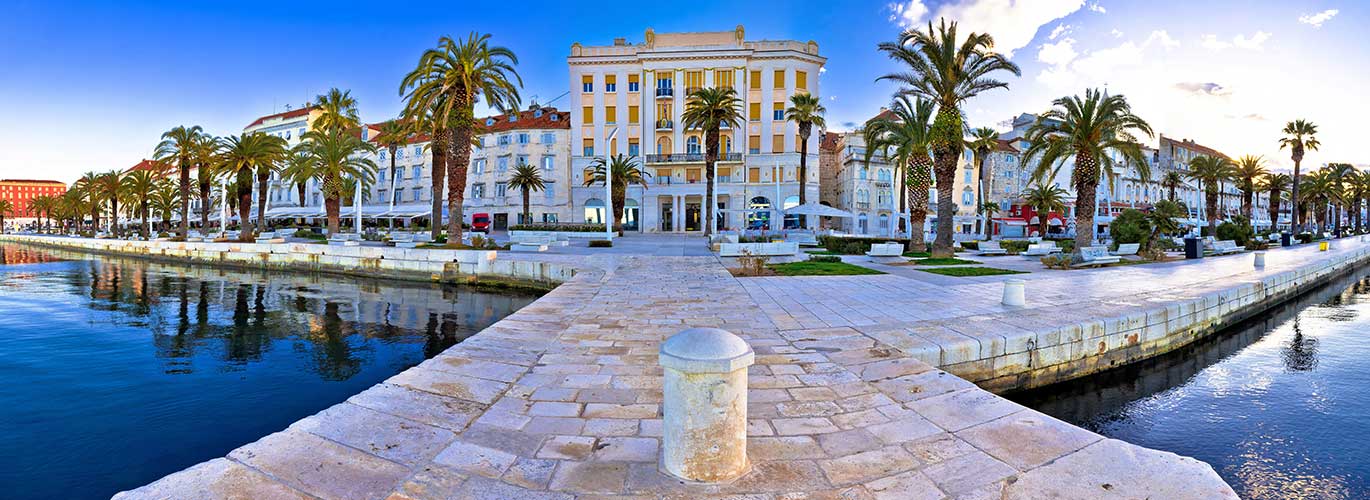
Restaurants to visit
Here are a few restaurants that you will want to visit if you are in Split:
- Fig Split – if you are looking for fancy food that gets your tummy filled, Fig Split has everything you need right in Diocletian’s Palace.
- Health in – Though a relatively new restaurant, Health makes healthy food that you can even take away.
- Bokeria Kitchen & Wine Bar – if you don’t want those fancy restaurants but still want food that tastes like the locals’ food, Bokeria Kitchen & Wine Bar will do you good.
- Dvor – It is like Bokeria but is more famous for its seafood. The view is stunning too.
Things to do
Other than visiting these fancy restaurants and the historic locations, here are a few other things you could do on your Mediterranean trip:
- A quick trip to the beach – Zlatni Rat, Brela, Solta, Milna and the Pakelni islands are worth visiting mainly because of their clean water and beautiful beach locations.
- Visit the Marjan Forest Part – it is such a clean forest and gives you the best vantage point in all of Split for breath-taking pictures.
Final Thoughts:
We recommend visiting the city of Split in Croatia as soon as you get the time. Though traveling through a normal ship is good and all, if you really want the best experience, we recommend booking Adriatic cruises.
Some of these private charters even come pre-equipped with Split’s special wine so you can sit back and enjoy the trip to the city before even reaching the destination. A few hours of your life may not be enough to visit all of the locations we do recommend.
You should consider investing in our 7-day luxury cruising experience on a small cruise ship that is suited to your tastes.

